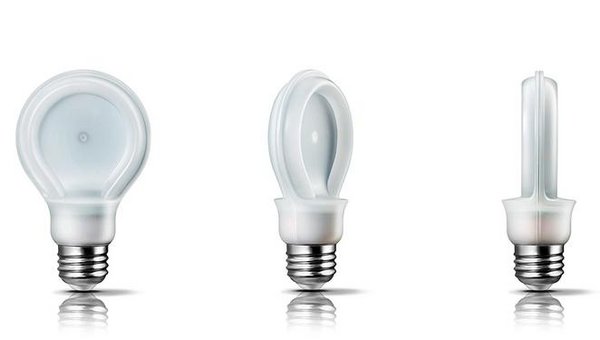
Ultrasonic welding is widely employed to create fast connections between polymer components. The hysteretic heating caused by a high frequency (20 kHz) cyclic motion within a small (sacrificial) volume of the material locally melts the polymer and forms a new boundary between two components. The connection is made in very short time, typically a few tenths of a second. This time is much shorter then that required to obtain full chain entanglement on the interface, and, hence, the strength of the weld will be substantially lower than that of the bulk polymer.
In this project, the long-term performance in static and dynamic fatigue is evaluated for a bulk polymer, and for a welded interface. Subsequently it is studied whether the weld strength can be improved by optimization of the weld process parameters.
Industrial partners: SABIC IP, Philips Lighting
Contact
-
Valerie Moussaoui MscRens VerbruggenKeskinweg1334DP Weidum
-
Mart van Beierendr. Lise Labadovan de Weterinkweg9751TA Waarde
-
dr. Puck van Boven MscMaarten Groenendaalvan 't Houteveensteeg1561ZV Biggekerke